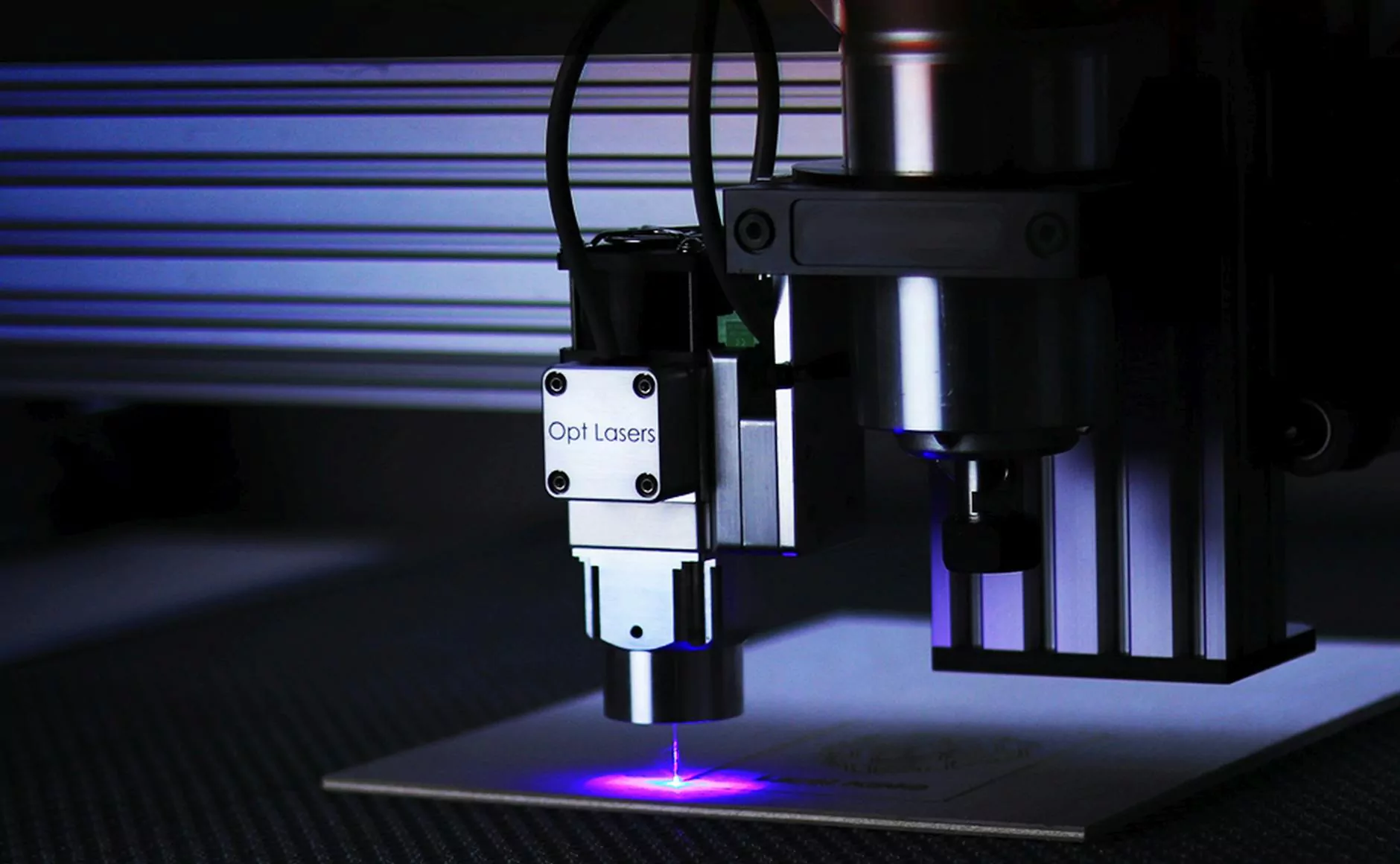Thermal Spray vs. Laser Cladding: A Comprehensive Comparison

Introduction
Welcome to Powder Keg Coating's informative page on thermal spray and laser cladding. In the realm of surface coating technologies, these two methods have become prominent in the business and consumer services industry. This article aims to provide a detailed and comprehensive comparison of thermal spray and laser cladding, exploring their advantages, applications, and processes.
Understanding Thermal Spray
Thermal spray is a versatile and efficient technique used for applying various types of coatings onto different surfaces. The process involves heating specific materials to a molten or semi-molten state and spraying them onto prepared surfaces using specialized equipment. The materials used for thermal spray coating can include metals, polymers, ceramics, and composites.
Advantages of Thermal Spray
Thermal spray offers numerous advantages that make it a popular choice among industries:
- Wide Range of Coating Materials: With thermal spray, you can choose from a wide range of coating materials, allowing you to find the most suitable solution for your specific requirements.
- Enhanced Surface Properties: Thermal spray coatings can significantly improve the surface properties of the substrate, including corrosion resistance, wear resistance, and thermal insulation.
- Cost-Effectiveness: Compared to other coating techniques, thermal spray is often more cost-effective due to its high deposition rates and material efficiency.
- Versatility: Thermal spray can be applied to various substrate materials, including metals, plastics, and ceramics, making it a versatile solution for different industries.
Applications of Thermal Spray
Thermal spray finds extensive applications in the business and consumer services industry:
- Industrial Machinery: Thermal spray coatings can protect critical components of industrial machinery, improving their reliability and longevity.
- Aerospace and Defense: The aerospace and defense sectors utilize thermal spray coatings to enhance the performance and durability of aircraft components.
- Automotive: Thermal spray can improve the wear resistance and corrosion protection of automotive parts, extending their lifespan.
- Energy and Power Generation: Thermal spray coatings play a crucial role in protecting equipment used in energy and power generation, such as gas turbines and steam turbines.
Exploring Laser Cladding
Laser cladding, also known as laser metal deposition, is a highly precise and localized coating process. It involves melting a powdered or wire-form metal material using a laser beam and then depositing it onto the desired surface. Laser cladding provides excellent control over the coating thickness and composition, making it suitable for critical applications.
Advantages of Laser Cladding
Laser cladding offers several advantages that set it apart as a unique coating technology:
- Precision and Control: Laser cladding enables precise control over the coating thickness and composition, providing exceptional accuracy in coating applications.
- Minimal Heat Affected Zone (HAZ): Due to its localized heat input, laser cladding minimizes the heat affected zone on the substrate, reducing the risk of distortion or damage to the base material.
- Superior Bonding and Adhesion: The metallurgical bond between the laser-clad layer and the substrate is typically stronger, resulting in excellent adhesion and minimized delamination risks.
- Customization and Coating Optimization: Laser cladding allows for precise control of the coating's composition, making it suitable for customized applications with specific material requirements.
Applications of Laser Cladding
Laser cladding has various applications across several industries:
- Oil and Gas: Laser cladding is utilized to restore or enhance components used in the oil and gas industry, such as valves, pumps, and drill bits.
- Medical: The medical sector benefits from laser cladding to repair and protect critical surgical tools and implants, ensuring their longevity and performance.
- Tooling and Mold-making: Laser cladding is employed to improve the durability and performance of tooling and molds used in manufacturing processes.
- Automotive and Aerospace: Laser cladding finds applications in these industries to enhance the performance and durability of engine components, turbine blades, and more.
Choosing the Right Technology
When deciding between thermal spray and laser cladding, several factors need to be considered:
- Coating Requirements: Evaluate the specific properties and characteristics required for the coating, such as wear resistance, corrosion protection, or surface finish.
- Budget and Project Constraints: Consider the available budget, time constraints, and the complexity of the project to choose the most cost-effective and efficient solution.
- Material Compatibility: Assess the compatibility between the coating material and the substrate to ensure optimal bonding and adhesion.
- Geometric Complexity: Take into account the shape, size, and complexity of the part or component to determine the most suitable coating technology.
Conclusion
Both thermal spray and laser cladding are highly effective surface coating technologies widely used in the business and consumer services industry. While thermal spray offers versatility and a wide range of coating options, laser cladding stands out for its precision and localized control. Choosing the right technology depends on your specific coating requirements and project constraints. Powder Keg Coating provides expert solutions in both thermal spray and laser cladding, ensuring optimal performance and protection for various components across different industries. Contact us today to discuss your surface coating needs!









